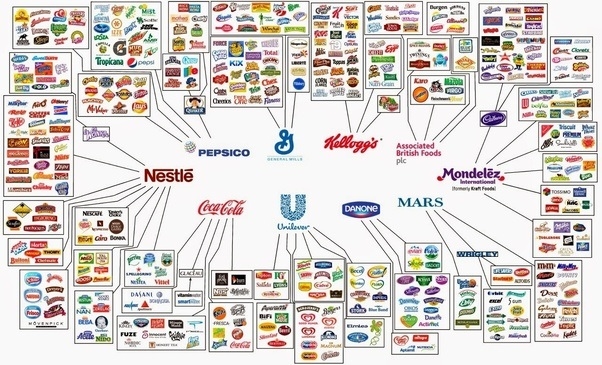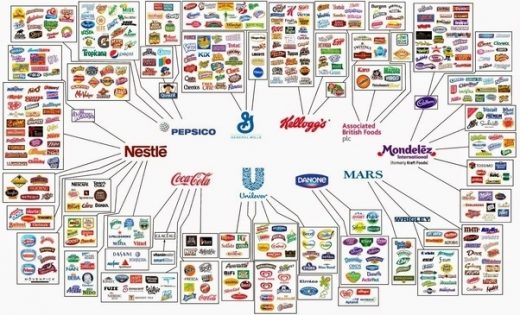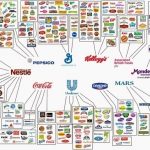Making The Move To Modern CPG: 5 Factors To Consider
Making The Move To Modern CPG: 5 Factors To Consider
by John Zealley , Columnist, (December 18, 2017)
Consumer expectations continue to rise as digital technology helps CPG companies set new standards of service, deliver exceptional experiences and is making the unexpected possible. Consumers want to be in control, their needs anticipated, their location followed, their issues resolved, and they want it all at record speed.
The path to purchase is increasingly fragmented and the historic line between advertising and promotion is fading. In a world where instant gratification, convenience and “social commerce” have become our reality, consumers don’t think twice before sharing knowledge and experiences — good and bad — with their personal network.

To win in this connected age, CPG companies need to modernize, adopting agile ways of working and designing their marketing and commerce strategies around the customer, or risk losing out to niche players.
Disruption is here now. For the traditional incumbents, the scale and pace of change can seem daunting, but it doesn’t have to be. Here are five factors for CPG companies to consider as they move to be more modern:
1. Move to become a connected and consumer-centered business
Claim a pole position in merging the physical and digital worlds, a term we define as “phygital.” This will enable a “living business” which is more fluid, responsive, and predictive to ever-changing consumer demands and expectations. Harness social and IoT technologies to define new and faster approaches to innovation, organizing products, services and experiences around how the individual consumer is behaving in real time.
2. Move to master omnichannel engagement
Learn from the disruptors and agile incumbents who focused on reinventing how they reach consumers in the digital age wherever they may be. Embrace a truly consumer-centric mindset and seek to create channel connections, that magnetically pull brands through every available channel.
At the same time, focus on working alongside multi-channel retailers as they seek to redefine their own customer experiences. Build an ecosystem of suppliers, peers, distributors, start-ups, and customers to support the expansion of the digital value chain and help widen the sources for creating and prototyping new innovative products and services.
3. Move to become an agile modern enterprise
Smaller brands and disruptors have a natural competitive advantage. They’re simply faster, more agile and more relevant. While CPGs have made some progress in making incremental improvements to their operating models, they must seize the opportunity to unlock trapped value, or risk losing out to their nimble counterparts.
To effectively compete, organizations need to be lean and responsive, reinventing their ways of working to generate both the economic headroom and agility to respond quickly and flexibly changing demand patterns.
4. Move to become a connected data-led enterprise with modern IT
Historically, technology in CPG has been largely seen as a back office asset. Today technology represents the greatest enabler of our times.
Data led strategies that focus on connecting consumer data gleaned from direct, social, search and retailer feeds with enterprise data concerning value and supply chain elements, provide companies with valuable insights to inform decision-making.
The possibilities are endless when these data pools are combined with AI and analytics, allowing companies to optimize day to day operations with the ability to predict future trends and the changes that need to be made.
5. Move to keep a foot in today and a foot in tomorrow
Finally, CPG companies typically meet a broad range of consumer needs, from the everyday ingredients of the daily diet through to fashion-led clothing and cosmetics. As a result, there is no one size fits all approach and the adoption of new technologies and ways of working will need to be multi-speed.
This requires CPG companies to strike a careful balance between placing sufficient attention on renovating core products to enhance the immediate economics behind the proven winners, while investing in innovations that may have a more volatile hit-and-miss return.
We have seen disruptors continue to chip away at the traditional CPG players by satisfying unmet, and often unidentified, consumer wants and needs. However, neither business model innovation or operational model transformation alone is enough. In what is an increasingly dynamic CPG landscape, speed and agility is where the battle for growth and competitiveness will be lost or won. This makes the move to modern an essential play for CPG companies.
MediaPost.com: Search Marketing Daily
(1103)













